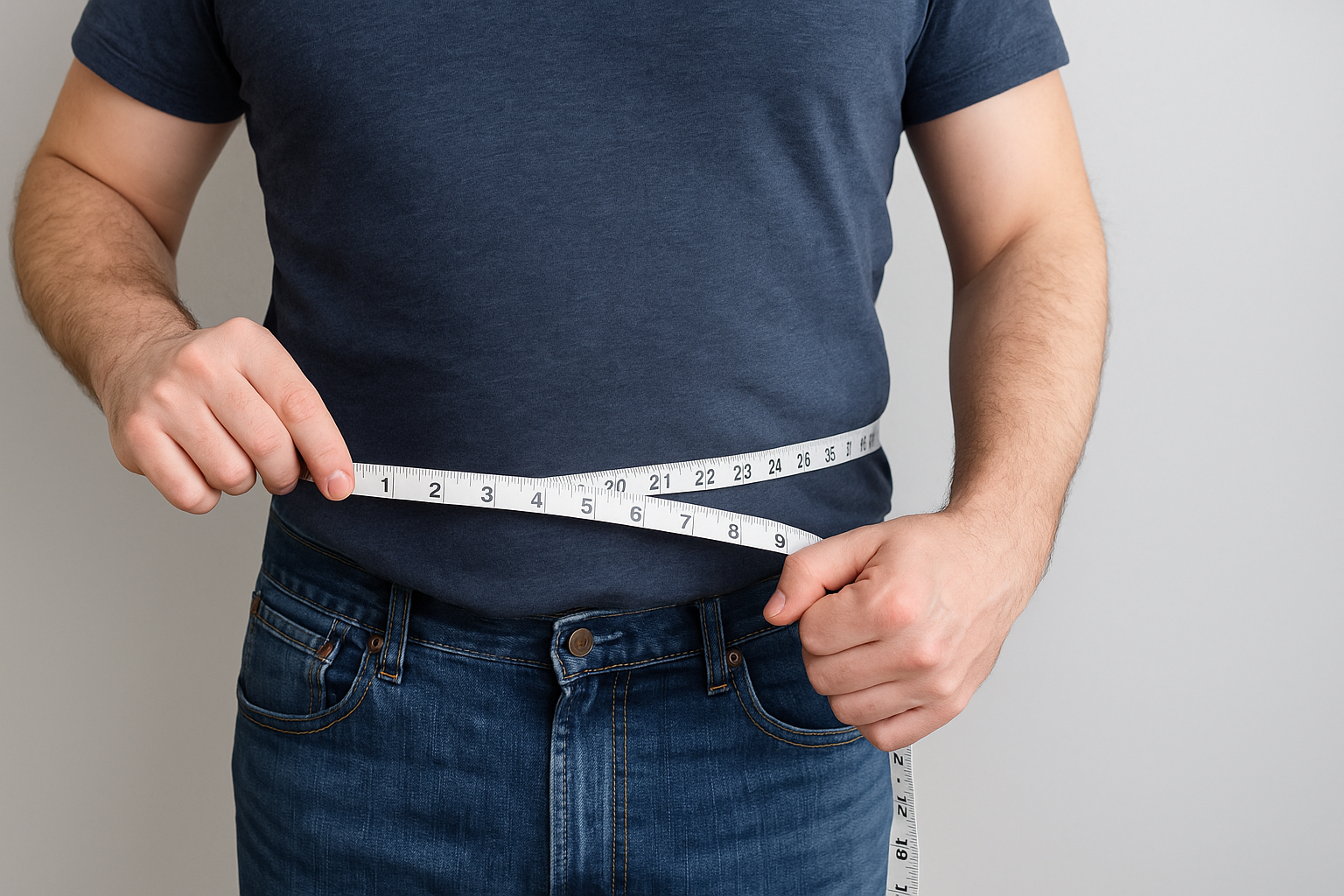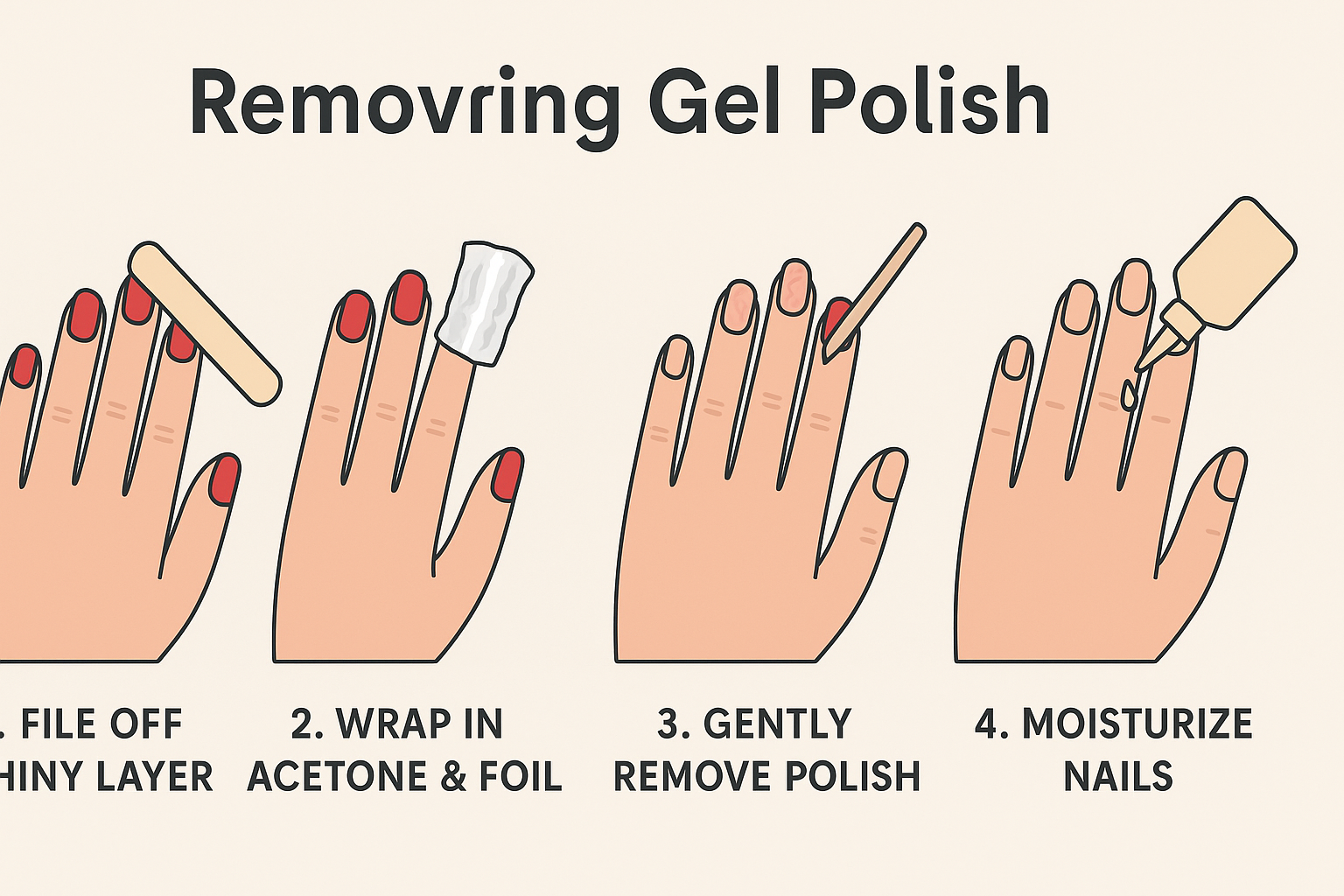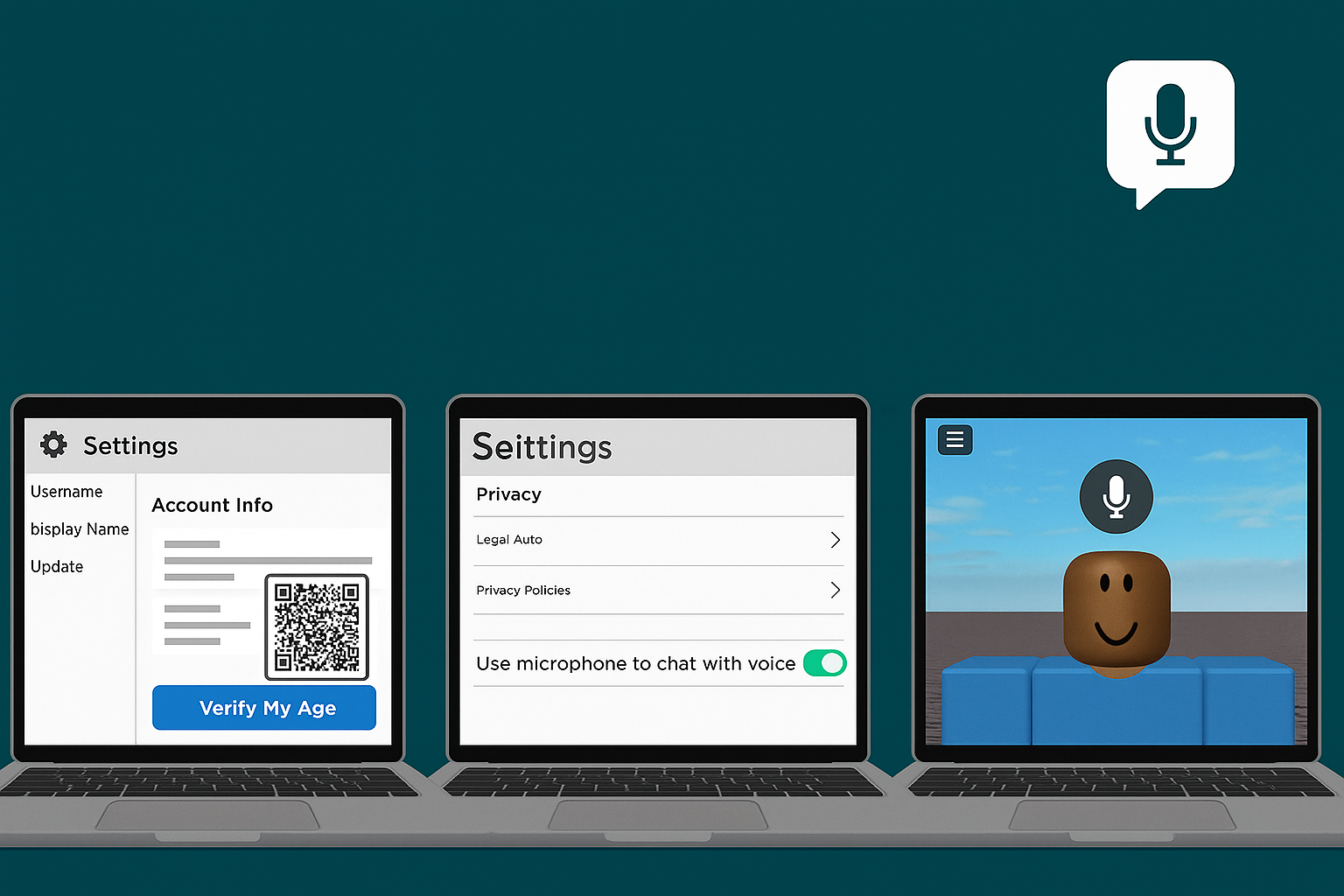Why Waist Measurement Is Important
1. Health Monitoring
Measuring your waist can help you understand your risk for various health conditions. A larger waist size is often associated with a higher risk of heart disease, type 2 diabetes, and other health issues. This is because fat stored around the waist (also called abdominal or visceral fat) can be more dangerous than fat stored in other parts of the body.
2. Fitness Progress
If you’re working on losing weight or building muscle, tracking your waist measurement regularly can show progress, even if the scale doesn’t change much. It’s a more reliable indicator of body composition change than just tracking weight.
3. Finding the Right Fit
Many clothing sizes are based on waist measurements. Knowing your waist size ensures that you order the correct size when shopping for pants, skirts, or belts—especially online where you can’t try them on first.
What You’ll Need
To measure your waist, you only need a few things:
- A flexible measuring tape (like a tailor’s tape)
- A mirror (optional, but helpful)
- A notebook or phone to write down your measurement
- Comfortable clothing or no clothing around your midsection
Step-by-Step Instructions to Measure Your Waist
Step 1: Find the Right Spot
Your natural waist is not necessarily where your pants sit. Instead, it’s the narrowest part of your torso, usually just above your belly button and below your rib cage.
To locate it:
- Stand up straight.
- Bend slightly to one side. The crease that forms is your natural waistline.
- If you’re using a mirror, you can visually find the narrowest part of your waist.
Step 2: Prepare for the Measurement
- Stand up straight, feet together, and relax your body.
- Don’t suck in your stomach or puff it out—just stand normally.
- Remove or lift clothing that covers your waist.
Step 3: Wrap the Measuring Tape
- Hold one end of the tape at your natural waistline.
- Wrap it around your waist, keeping the tape snug but not tight.
- Make sure the tape is parallel to the floor all the way around.
- Avoid twisting the tape or letting it ride up or down.
Step 4: Take the Measurement
- Read the number on the tape where the end meets the rest of the tape.
- Take the measurement to the nearest 0.1 inch or 0.5 cm for accuracy.
- Take the measurement twice to make sure it’s consistent.
- If you get two different readings, use the average.
Tips for Accurate Waist Measurement
- Always measure at the same spot each time you track progress.
- Measure in the morning before eating or drinking for consistency.
- Don’t measure over thick clothing—it can add extra inches.
- Avoid holding your breath or sucking in your stomach.
- Ask someone to help you if you’re unsure you’re doing it right.
Waist Measurement and Health: What Does the Number Mean?
Ideal Waist Measurements:
According to health experts like the World Health Organization (WHO):
- For men, a waist measurement under 94 cm (37 inches) is considered low risk.
- For women, a waist measurement under 80 cm (31.5 inches) is considered low risk.
High-Risk Waist Measurements:
- Men with a waist over 102 cm (40 inches) may have a higher risk of health issues.
- Women with a waist over 88 cm (35 inches) are considered at higher risk.
These measurements are indicators, not diagnoses. They should be used alongside other health checks like BMI, blood pressure, and cholesterol levels






Leave a Reply